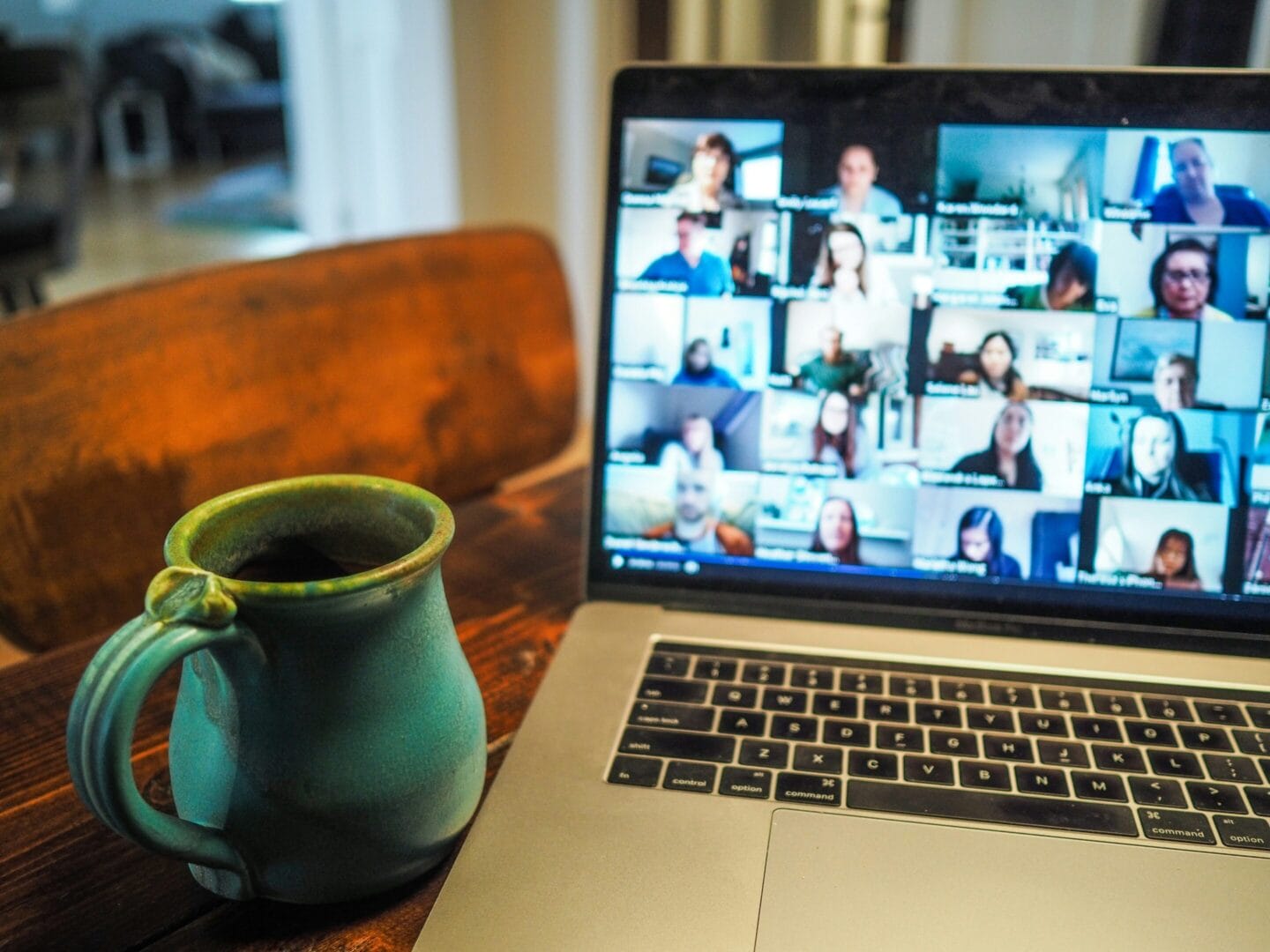
The shift toward more flexible work has been steadily progressing over the last decade. The rise of fast internet, better collaboration tools, and improved video conferencing hardware and software have all played a role in this.
When the COVID-19 pandemic arrived, it had a huge impact by forcing teams to work remotely during lockdowns.
But despite the disruption, many employees enjoyed the experience of working remotely, and companies discovered benefits in terms of cost savings and improved employee satisfaction.
So how can we expect the situation to evolve? In this guide, we’ll take a closer look at what the future of flexibility at work could look like.
Flexible work is currently more popular than ever, and digital collaboration tools, high-speed broadband, and crystal-clear video conferencing tools make it a realistic option.
According to a CNN article, the share of remote work rocketed during the pandemic and then declined to 27%. But it is expected to stabilize at about 25%, which is a “fivefold increase relative to 2019”.
Many employees are now demanding greater flexibility in the workplace. Examples include:

There are benefits of remote work for both sides, including a happier and potentially more productive workforce, cost savings, and time savings in terms of travel.
But that doesn’t mean everyone is happy and some companies now feel that at least some work should be done in the office.
However, technological advances could change that and make flexible working even more popular in the coming years.
We can expect to see many changes to flexible working over the coming years, mainly due to technological advances. Here are some things we could expect to see:
Virtual reality is here, but it has yet to take off in a big way. The advancements made over the last few years have been huge, but there is still not a significant role for VR in the work environment.
But all that could be about to change.

Providing a taste of what the future might look like, Mark Zuckerberg recently held a virtual interview with a journalist in the metaverse. Their faces were recreated using avatars and they appeared almost lifelike, so they could speak as though they were facing each other.
The recently released Apple Vision Pro also recreates avatars, which can then be used for holding virtual meetings. This is a novelty right now, but it could be a game-changer inthe coming years as the technology improves.
These days, barely a week goes by without some major AI update being announced. The launch of ChatGPT was a game-changer, and it has now been followed by impressive updates as well as several competitor products like Claude and Google’s Gemini.
As AI continues to develop, it’s easy to see how AI assistants will play a prominent role in the workplace in the future. This could mean making remote work a more realistic option as they help to manage schedules and carry out increasingly complex tasks.
As technology continues to improve, so will there be an increased demand for greater flexibility.
We’re already seeing this now, but if you can hold a lifelike meeting virtually from anywhere, employees will want to know why they should be physically present in the office.
Employers can argue that their team members still need to be present, but this could change in the near future as we spend more time in the metaverse.

Rather than having a set time when employees must be at work, greater customization could become more common.
This could lead to a growth in results-only work environments (ROWE). Rather than employees being evaluated on the hours they spend working, they will be evaluated on their output, with less focus on being present in the office and more focus on delivering high-quality work.
Organizations may put a greater focus on introducing policies that promote a better work-life balance.
One of the challenges of working remotely is not being able to switch off, so companies may set mandatory periods for digital detoxes. They might also focus more on promoting out-of-work activities to ensure more collaboration and socialization.
Workspaces are also likely to change to adapt to the growing demand for flexibility. This could see a move to smaller offices that might consist primarily of meeting rooms with video screens for remote meetings.
It could even mean more pop-up offices appearing and disappearing. Without the need for a permanent office space, companies might set up offices on a temporary basis instead.
While flexible working arrangements are likely to become even more common in the coming years, they still present challenges.
For the employer, overseeing a workforce that is fully or partially remote can be difficult. There will be challenges in several areas:

These will be challenges that organizations will need to overcome as flexible work becomes increasingly common, whatever the future may look like.
Perhaps work will never be fully remote in most organizations. Or maybe technology will advance so much that this simply becomes the standard way to work.
What we know is that it’s clear that the future lies in flexible work patterns. Flexible work is here to stay, and as technology improves, it will become increasingly common—and desirable.f
Whether that’s a world where people meet up almost exclusively in the metaverse, or whether there remains some hybrid mix of remote and in-office work, time will tell.
Whatever the future of flexibility at work looks like, flexible work is something that’s here to stay. Companies must adapt to ensure they provide employees with the flexible working environment they will increasingly demand. Avocor has a range of display and software solutions that can help aid and improve flexibility in the workspace and future-proof your business.
Keep up to date with all the latest from Avocor and partners and get information on upcoming events and exciting product news.
Speak to one of our product specialists and find the perfect solution for you.